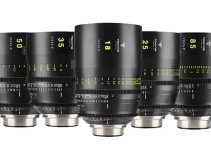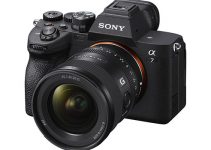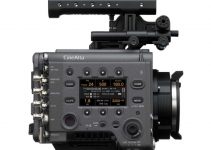While being one of the early adopters of the Sony A7S II camera and after filming with it extensively for more than a year or so, UK-based filmmaker Harv of Harv Video/ Audio Stuff has come up with a few handy tips and tricks that might help you to get the most out of your A7S II, particularly when it comes to shooting video with it on the fly.
Even though these tips are specifically related to that certain model, they can partially be applied to other Sony Alpha series cameras as well including the Sony a6300, a6500, A7R II, etc. So, without further ado, let’s see how you can improve your workflow while utilizing any of these fantastic filmmaking tools.
The first tip of Harv suggests ignoring the exposure meter on the rear LCD screen of the camera that shows you how many stops you’re underexposing or overexposing your image, especially if you are shooting in S-Log 2 or S-Log 3. As a rule, try to rely on your histogram instead to evaluate your exposure for optimal results.
In addition, you should avoid shooting in S-Log 2 or S-Log 3 while using any of the higher frame rate modes of the camera due to the fact that the native ISO goes up to 3200 which makes it more difficult to control the overall exposure regardless of the faster shutter speed utilized on those occasions. Also, HFR modes seem to be prone to things like moire and increased noise due to the 2X crop according to Harv, so using any of the other picture profiles like Cine2, Cine3 or Cine4 as an alternative should yield better overall results in that regard.
You can use S-Log2 when filming in low light situations, though. This mode will allow you to retain more detail in the shadow areas of your image and should give you more room to play with when it comes to color grading the footage later in post. Plus, S-Log2 tends to be less noisy than S-Log3, so it’s obviously a more viable option for those situations.
The inability to set custom white balance in movie mode on the Sony A7S II is another flaw that most Sony A7S II users find to be extremely annoying. To deal with this shortcoming, Harv suggests using a gray card to tackle the issue which doesn’t seem to be the most practical solution but still can do a fairly decent job. Below is Harv’s step-by-step guide regarding this particular workflow.
Alternatively, you can do further tweaks to the white balance while using the built-in Custom WB Adjustment, but be careful with this setting as even pushing the tint a notch or two in the wrong direction might bring you a lot of troubles along the line, so use this adjustment with some extra precautions.
Last but not least, be careful when shooting in Cine4 mode because it’s relatively easy to clip your highlights while using it. Shooting in S-Log2 or S-Log3 in combination with some decent ND filters should probably give you better results. At the end of the day, it’s just a matter of personal preferences which one of the two options you would opt for.
So, these are Harv’s top five tips for all you Sony A7S II shooters out there. If you want to add a few more insights on the topic, feel free to share them in the comments below.
[source: Harv Video/Audio Stuff]
Disclaimer: As an Amazon Associate partner and participant in B&H and Adorama Affiliate programmes, we earn a small comission from each purchase made through the affiliate links listed above at no additional cost to you.





manual white balance in video via photography settings.